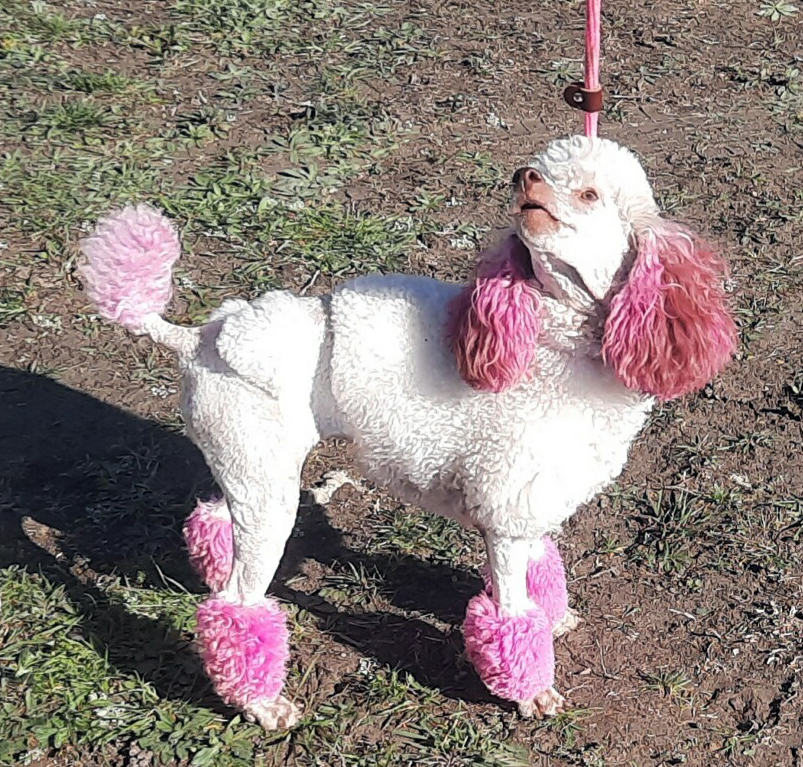By LEON YOUNGBLOOD
When our son Mason took his dog Maggie to the “Fast CAT” canine event, my wife and I went too. It seemed like something we needed to do, in fact. Maggie is a young blonde lab whose frenzied energy can sometimes be mistaken for insanity, and our presence would perhaps have a stabilizing influence. I doubted my own presence would be of any real benefit, but I was glad to help out.
BRIAR CIRCLE
When we pulled into the field where the event was being held, I saw dogs with their people, but there was a conspicuous absence of cats. When we got out of our van, right away we stepped onto ground covered in oozy, gummy mud that stuck to your shoes with every step you took. This was aggravating, but people took it in stride. Afterall, it’s difficult to be grouchy when you’re surrounded by happy, tail-wagging dogs, and the canine cheerfulness was contagious. The variety was enough to suit anybody, and surveying the assortment, it was hard to believe every one of the dogs had a common ancestor. Every one had descended from wolves!
Well—pardon my skepticism. The first dog I met was a poodle named Pink. She had pink socks, pink ears, a fluffy pink ball at the end of her tail, pink nails, and a sweet disposition. I doubt seriously that eons ago, Pink had predatory relatives up all hours of the night howling at the moon. The same could be said for the sheepdog, the dachshund, the corgi and most of the other dogs who simply did not “fit the part” of having savage roots in the family tree. I was told that some 30-odd-thousand years ago, dogs were first domesticated, and taught morals and everything, but it’s difficult to believe. 30,000 years seems an awful short time to be domesticated from a wolf down to a chihuahua.
I picked up a few other facts that were more plausible. For one thing, dogs are not entirely color blind. Besides black and white, they can see blue, green, yellow and gray. Their wet noses absorb scents. In fact, they lick their noses to taste the scents they gather. Generally speaking, canines are about as smart as a 2-year-old toddler, and can understand around 250 gestures and vocal commands. They dream, but I knew that; and while they can be jealous, they’re incapable of feeling guilty about anything. I cannot swear to this information, but I will take the people who shared it with me at their word.
Now, this “Fast CAT” thing: Many dog owners are obsessed with knowing how fast their dogs can run. The Fast CAT (Coursing Ability Test) is a timed 100-yard run where the dog pursues a lure that races down the track ahead of him. It’s a simple thing, but the dogs sometimes adjust the rules of the game (and it is only a game to them) to suit themselves. At Maggie’s event, one little dachshund ran a quarter of the way down the track before turning around and going back to the starting point to see what “Momma” was doing. Maggie had done this with Mason, in fact, in a race the day before. Another dog caught the lure. Other dogs seemed too easily distracted, and did not run straight. By and large, though, the dogs did what they were supposed to do. The assessments of their speeds were accurate.
As for Maggie, she ran the 100-yards in 8.46 seconds at a speed of 24.16 miles per hour. She wasn’t the fastest dog, but still—we were proud!
Discover more from leflorecountyjournal
Subscribe to get the latest posts sent to your email.





